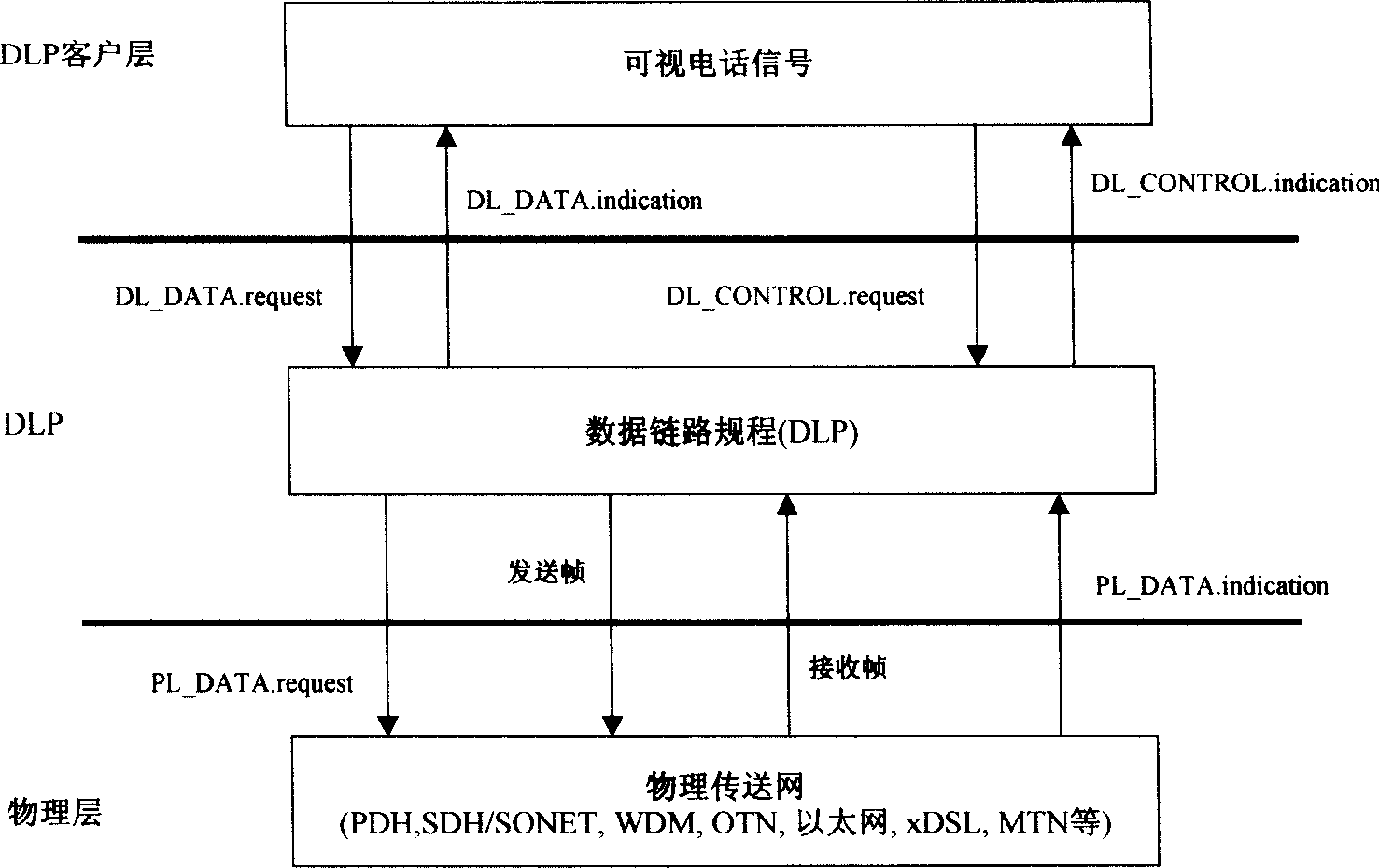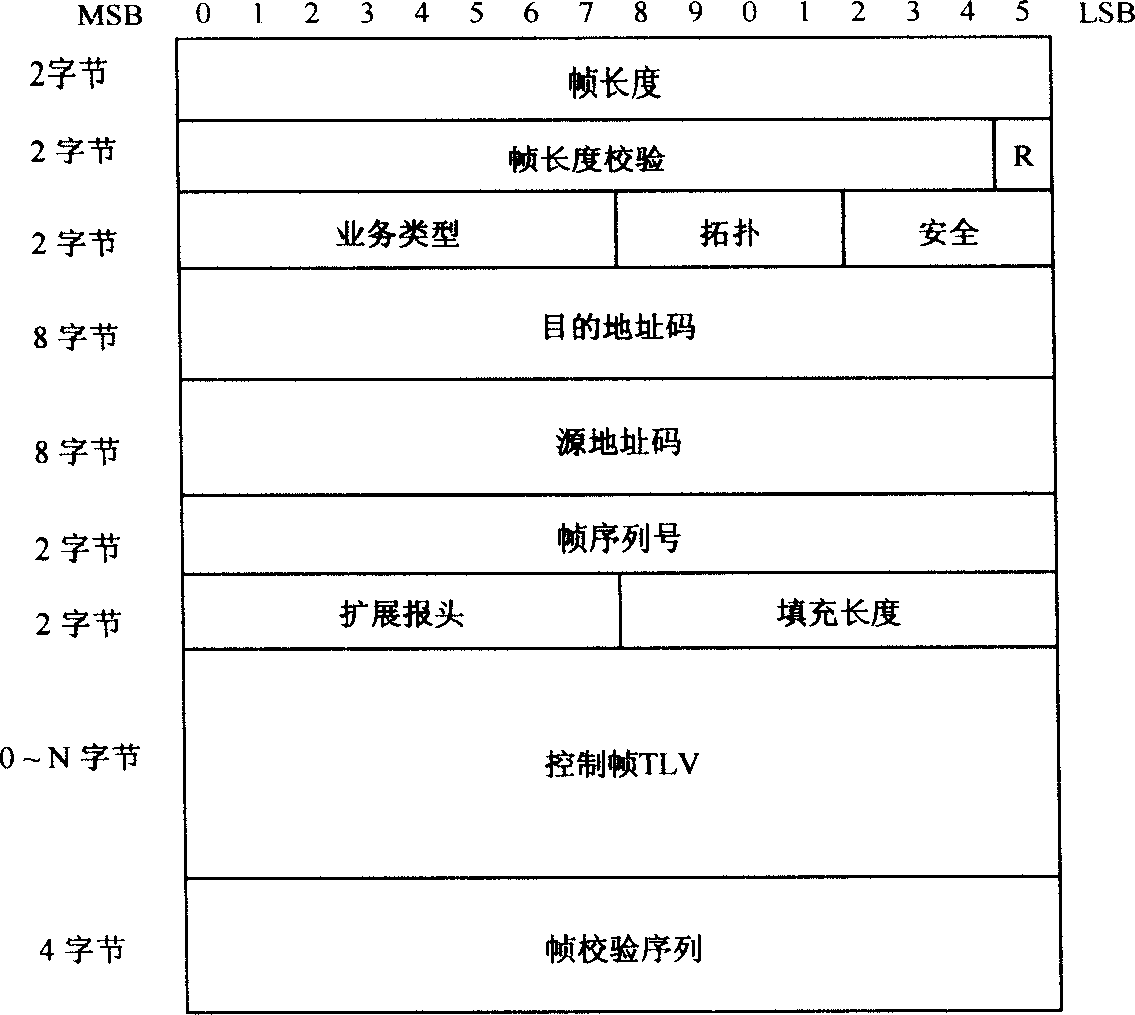[0007] (1) The
image quality is poor. This scheme adopts Modem transmission, and the
maximum rate is 33.6kb / s. When transmitting color video signals, the
image compression algorithm is very demanding. Currently based on
discrete cosine transform and H.263 standard
algorithm In other words, it is difficult to achieve a smooth
transmission rate of about 25 frames per second (ordinary
PAL TV is 25 frames per second). Under laboratory conditions, that is, when the
telephone line is relatively good, 10 to 15 frames of images can be transmitted per second. , the full-screen image displayed on the actual line will produce
distortion and decoded mosaic phenomenon, and the image effect on the
solid line will be worse than the transmission effect on the laboratory
[0008] (2) The
processing is complex. In this solution, H.223 is recommended as the
multiplexing / demultiplexing, and H.223 is recommended to use ATM as the
adaptation layer. As we all know, ATM technology is very complicated, resulting in very expensive terminal costs
[0009] (3) This solution is not compatible with IP networks. Now it is generally believed that IP services will be the main business of future communication networks. Whether IP is supported has become an important factor in judging whether a certain communication technology has long-term
vitality.
[0010] (4) The communication process is complicated. First, an analog communication connection must be established, then a data communication connection must be established, and then the modem can be initialized before communication can be performed. There are two sets of corresponding
processing signaling, one for signaling No. 7 for analog communication
System, a set of H.245 for
data transmission, and prohibit the 0~9 number keys, A~D, *, # keys and their corresponding DTMF signals on the phone keyboard as function keys when using
videophone to initiate a
data call or answer signal
[0011] (5) This solution actually uses ATM (ATM is an
asynchronous transfer mode) to realize the integration of voice and data networks. Now, due to the defects of ATM technology itself, it is impossible to use ATM to realize the "three-
network integration" of voice, data and video. ", the use of the above-mentioned videophone technology cannot be compatible with the next-generation unified carrier-class
public network that adopts packet switching and is compatible with IP, and cannot directly transition to the next-generation unified public network
For data, it does not matter much to resend multiple times, but for voice services, due to its high real-time requirements, users cannot wait for the resend of the signal, otherwise
confusion will occur
[0016] (3) Since IP implements the routing and forwarding of IP packets through IP addresses, and ordinary telephones use telephone numbers to implement call connections, people hope that videophones can also be used like ordinary telephones, and use telephone numbers to realize call connection. Therefore, when using IP to transmit voice, the mapping from phone numbers to IP addresses must be implemented. On the one hand, multiple mappings from phone numbers to IP addresses must be performed. Another
disadvantage is that precious IP addresses must be used. However, the current IPv4 address is very tight. The current IP network uses IPv4 (that is, the fourth version of
the Internet Protocol). IPv4 uses a 32-bit address. In principle, there can be 2 32 address, that is, there can be billions of addresses, but because IPv4 divides IP addresses into 5 types of addresses such as A, B, C, D, and E, the actual available IP addresses are much less, which makes IP addresses very tense
If you use IPv6, you can change the shortage of IPv4 addresses, but IPv6 is not compatible with IPv4, so you have to use IPv6, but now the world has built a huge network in terms of IPv4, although there are tunneling protocols that can implement IPv6 in IPv4 networks However, in fact, most IPv4 network devices do not support this function, so there is currently no way for IPv6 and IPv4 to communicate with each other
[0017] (4) Lack of security mechanism
As we all know, the existing IP network does not have any security. The IP packet itself can be modified, and its content can be stolen and copied. In this way, if the user calls need to be kept secret, the existing IP network cannot meet the requirements. no security
If the user'
s voice needs to be kept secret,
IPsec can only be used (
IPsec is an IP security mechanism formulated by
the Internet Engineering Task Force IETF (IETF is the standard organization of the Internet, is the English abbreviation of the Internet
Engineering Task Force) of the Internet standard organization), such a On the one hand, it increases the overhead, on the other hand, it increases the
processing level, and the time required for
encryption processing itself may make it more difficult to meet the real-time requirements of voice services
[0018] (5) The existing IP network does not have a network protection switching function, especially the 50-
millisecond switching function, which is essential for real-time services such as voice. If a fault occurs, it is required to switch the call line from the faulty line to another normal line within 50 milliseconds. If this function is realized within 50 milliseconds, the user will not feel the interruption of the call, because the IP adopts the Layer 3 switching, the fastest
switching time of the current IP network is within a few seconds, which obviously cannot meet the requirements
[0019] (6) The existing IP network adopts two types of routing protocols (one is the internal gateway protocol, and the other is the external gateway protocol) to realize the forwarding of IP packets. It is not possible to rely on the existing routing protocols to realize the forwarding of IP packets.
Traffic engineering capabilities, which may lead to the fact that even if there are multiple connection links between two nodes to realize the transmission of data packets, the
router may forward the IP packets to one link by relying on the
routing protocol, resulting in congestion of the link , while the other link is in an idle state at this time, resulting in
packet loss resulting in the loss of voice signals
[0020] (7) The existing
telephone network has a complete set of communication solutions. After more than 100 years of development, a complete network
system has been built. If the traditional
telephone network is simply superimposed on the IP network, then the entire technology will be realized in a short time. It is very complicated, and it has been proved that because the IP network has no
service quality guarantee, it is not feasible to simply superimpose a
telephone network on the IP network to realize the
packet transmission of the voice service. This transmission method has no
service quality guarantee. , only relying on the existing IP technology is not enough to construct the next generation of unified carrier-class public network
 Login to View More
Login to View More  Login to View More
Login to View More 









